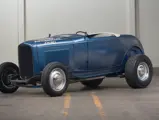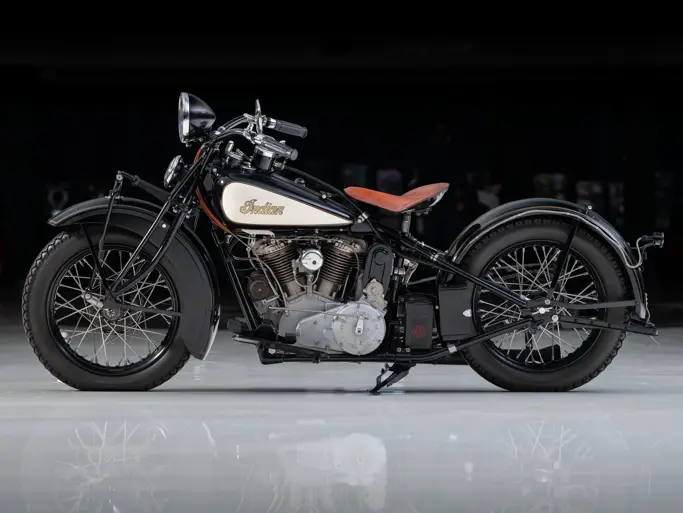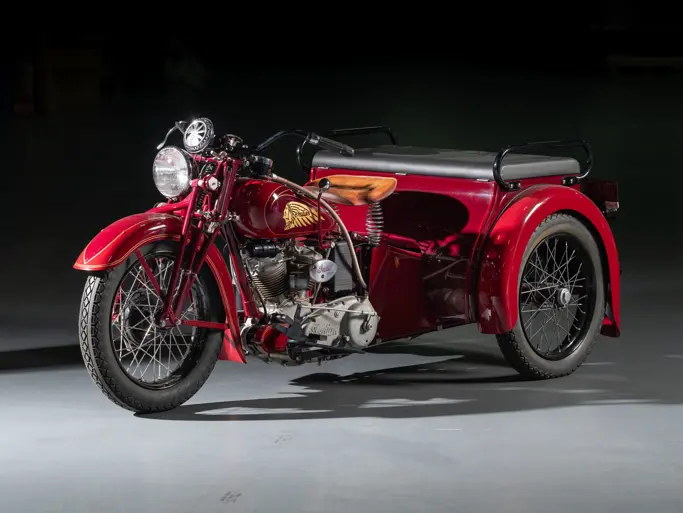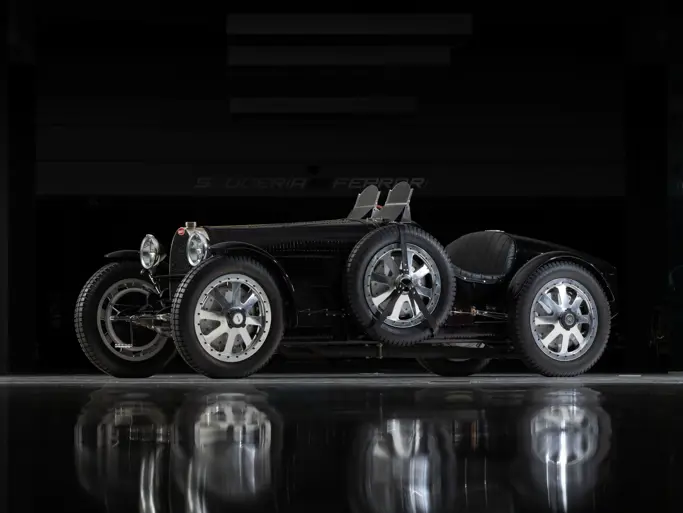California 2013
1932 Ford Highboy
{{lr.item.text}}
$52,800 USD | Sold
 | Burbank, California
| Burbank, California
{{internetCurrentBid}}
{{internetTimeLeft}}

- 221-cid, L-head V-8 engine, three-speed manual transmission
- Flathead with Offenhauser aluminum heads, three two-barrel Stromberg carburetors, Harman-Collins magneto and a Halibrand quick-change axle
- Built by Miller Automotive of Chino, California
- Timed at 142.97-mph at Bonneville Salt Flats on August 21, 1954
- Southern California Timing Association plaque on dash
- An important vehicle showing the patina of history
Chassis no. AB50555556
221-cid, L-head V-8 engine, three-speed manual transmission, solid front axle and live rear axle with transverse semi-elliptic springs and four-wheel hydraulic drum brakes. Wheelbase: 106-inches
One of the most revered hot rod genres is the “deuce highboy,” a 1932 Ford roadster so-called because it retains its original height, with body on frame. Fenders are typically removed. This was the original form of hot rodding, with modifications mainly for lightness and performance. The typical highboy had a flathead V-8, with high compression heads, magneto ignition, multiple carburetors, a Ford transmission with Lincoln-Zephyr gears and a quick-change rear end. The latter enabled the right ratio for conditions to be easily installed.
This highboy not only looks the part, it is the part. Built by Miller Automotive of Chino, California, it was timed at 142.97-mph at Utah’s Bonneville Salt Flats on August 21, 1954. Powered by the venerable flathead with Offenhauser aluminum heads, three two-barrel Stromberg carburetors, Harman-Collins magneto and a Halibrand quick-change axle, it remains in its racing condition.
Very clean, it has the patina of history, with metallic blue paint, gray leather upholstery, a utilitarian custom instrument panel with white-on-black Stewart Warner instruments, and blue carpet on the floor. On the dashboard is a brass plaque from the Southern California Timing Association commemorating its Bonneville success. Once ubiquitous, not many examples of this genre remain. This is a chance to acquire a genuine example with distinguished history.





